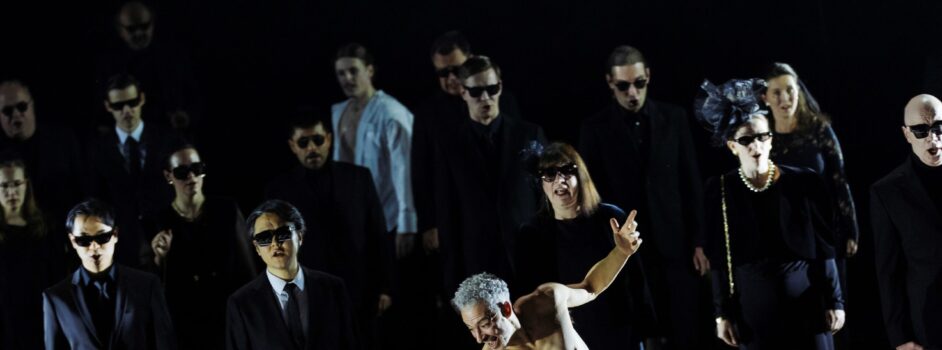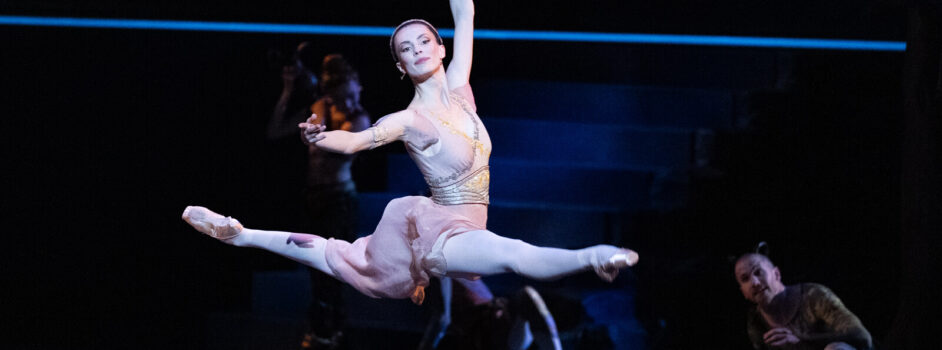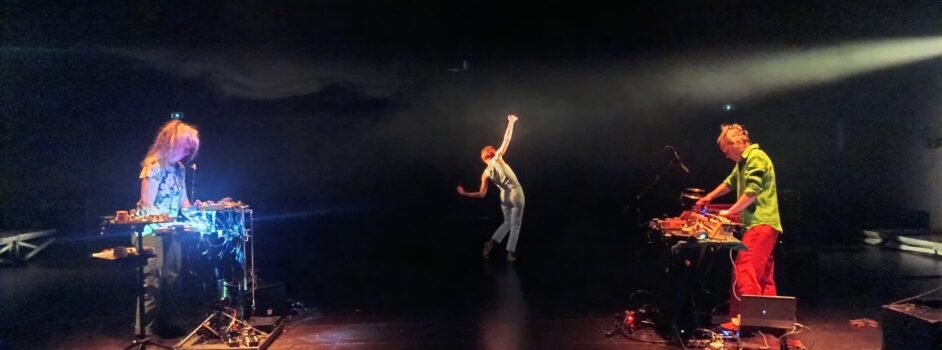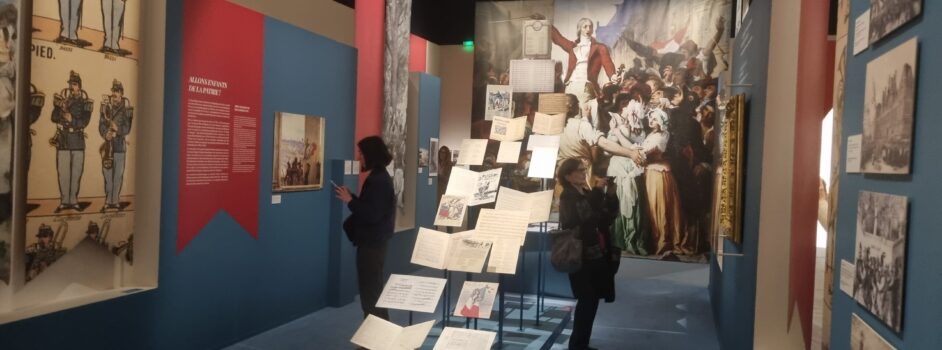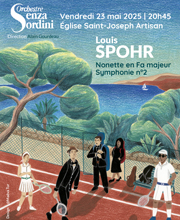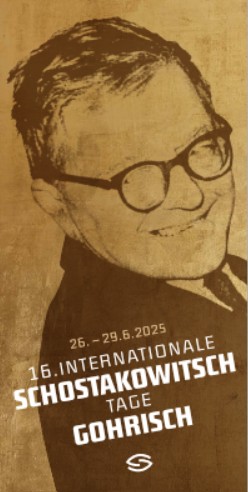Plus de détails
Helsinki, Helsinki Music Center. 22-I-2015. Claude Debussy (1862-1918): Gigues, Rondes de Printemps; William Walton (1902-1983): Cello Concerto; Kaija Saariaho (b. 1952): Circle Map. Steven Isserlis: cello, Finnish Radio Symphony Orchestra, Susanna Mälkki: conductor.
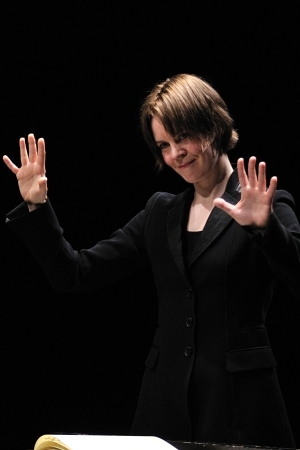 Susanna Mälkki is currently the Chief Conductor designate of the Helsinki Philharmonic Orchestra, taking over from John Storgårds in autumn 2016. Based on the two sold-out performances of this program, music lovers in Helsinki might just be feeling a sense of eager anticipation around Mälkki these days.
Susanna Mälkki is currently the Chief Conductor designate of the Helsinki Philharmonic Orchestra, taking over from John Storgårds in autumn 2016. Based on the two sold-out performances of this program, music lovers in Helsinki might just be feeling a sense of eager anticipation around Mälkki these days.
Mälkki's talents as a conductor were immediately apparent in the opening work, Debussy's Gigues. Rather than presenting Debussy's music as an impressionistic « wash » of sound, Mälkki's sharped-edged and extraordinarily clear gestures brought out an amazing clarity which is sometimes lost with this composer. Excellent solo woodwind playing and rich lower strings were among the many highlights of this performance.
With the exception of Elgar's masterpiece (and possibly Britten's Cello Symphony), British cello concertos are generally absent from concert performance. There is certainly space for another British work to enter the repertoire, and this evening's performance of Walton's Cello Concerto might be a step in that direction.
Walton's Cello Concerto is mostly melodic and dreamy; overt conflict is generally absent. The opening movement is based on a gesture of two leaping sixths; from this simple idea Walton created an expansive landscape of great beauty. The fleet-footed middle movement provided an ample display of cello fireworks, but lyrical elements were never far from the surface. The final movement was perhaps somewhat discordant with the previous two; this might have been due to the fourth-based melodic and harmonic material which was reminiscent of Hindemith. The return of music from the opening movement provided an ethereal and deeply satisfying conclusion.
The soloist in this evening's performance was Steven Isserlis, and his deep conviction in the merits of this work were clear. Isserlis' creamy and warm tone was ideally matched with the broad lyricism of the opening movement, while his clear articulations and secure left-hand technique paid significant dividends in the rapid middle movement. It is likely that Isserlis' committed performance won this relatively neglected work many new fans.
Poetry by the Persian mystic Sufi provided the inspiration for Kaija Saariaho's Circle Map. Listener's familiar with the composer's opera L'amour de loin would find many parallels between the two works, both written around the same time. Circle Map contained many of Saariaho's fingerprint sounds: busy woodwinds contrasted with rumbling stasis, queasy, « melting » chords, and tinkling percussion accentuated with deep bells. Saariaho added a prerecorded voice track of Sufi's verses spoken in Persian, and her ability to craft the orchestral soundscape to both support and caress the voice was memorable. The melismatic oboe solo which concluded the work suggested further regions to be explored, but without any clear resolution.
Returning to Debussy, Mälkki closed the program with Rondes de Printemps. Similar to Gigues, Mälkki brought a polished clarity while finely balancing out the work's many orchestral details. Debussy's sunny dance of spring served as an ideal conclusion to this varied program.
Picture : Susanna Mälkki © Aymeric Warmé-Janville
Plus de détails
Helsinki, Helsinki Music Center. 22-I-2015. Claude Debussy (1862-1918): Gigues, Rondes de Printemps; William Walton (1902-1983): Cello Concerto; Kaija Saariaho (b. 1952): Circle Map. Steven Isserlis: cello, Finnish Radio Symphony Orchestra, Susanna Mälkki: conductor.

